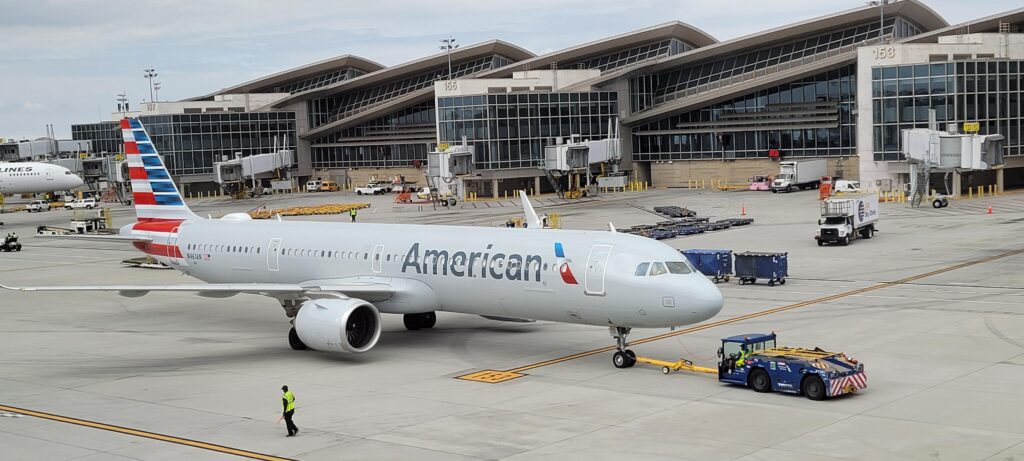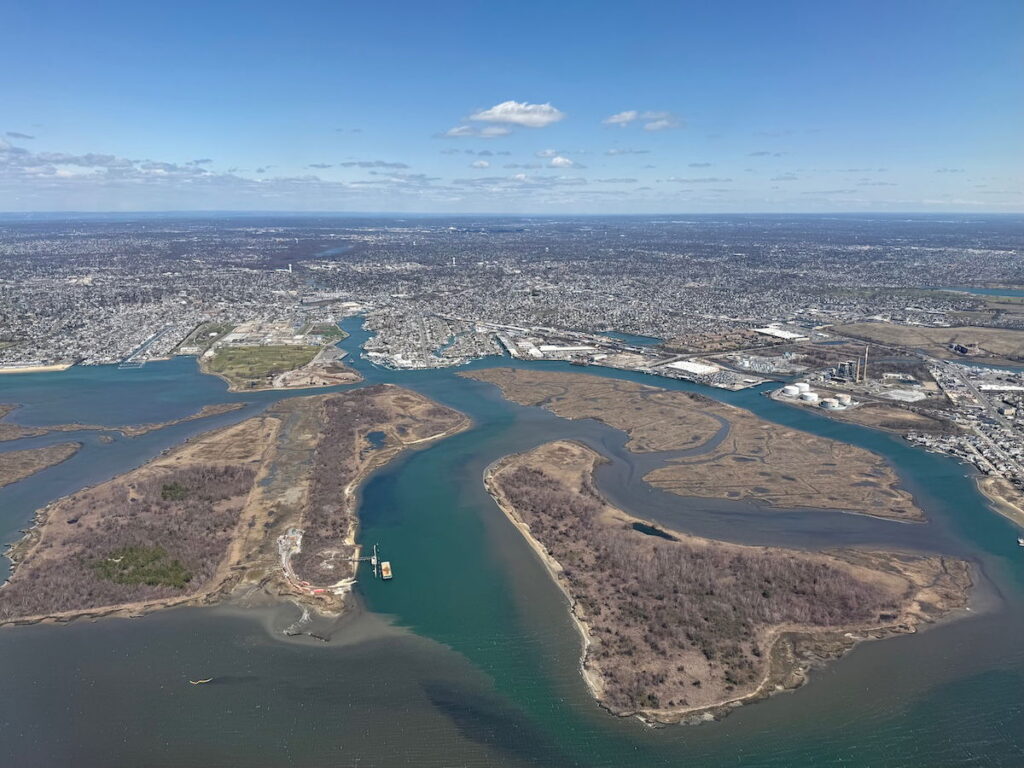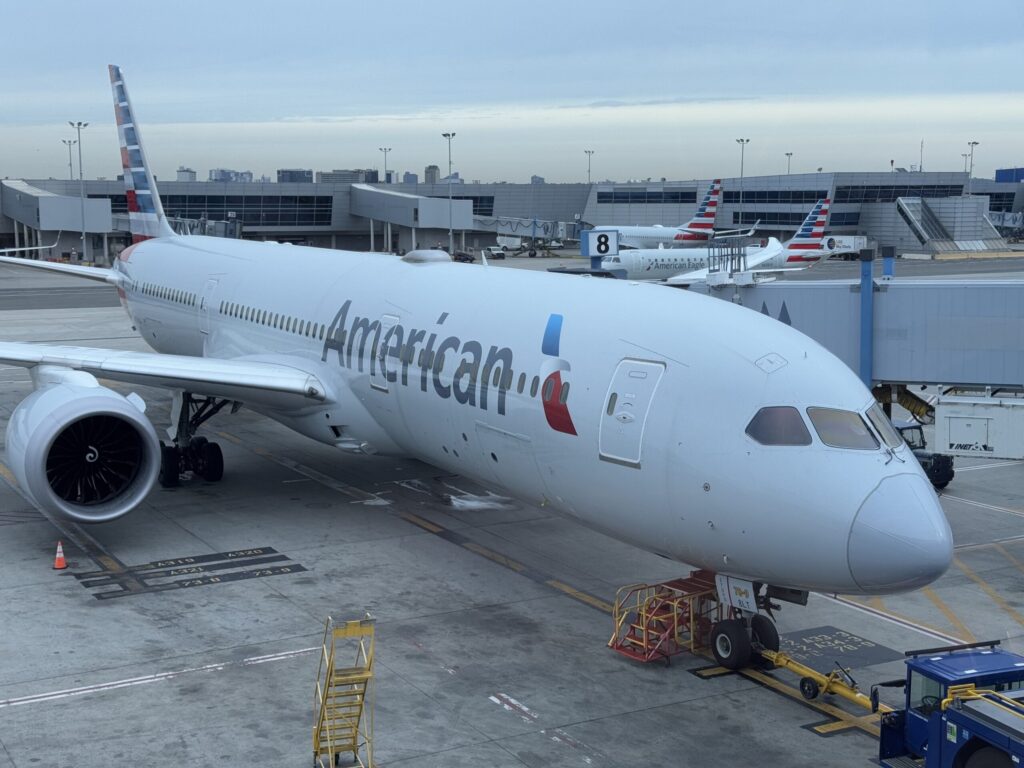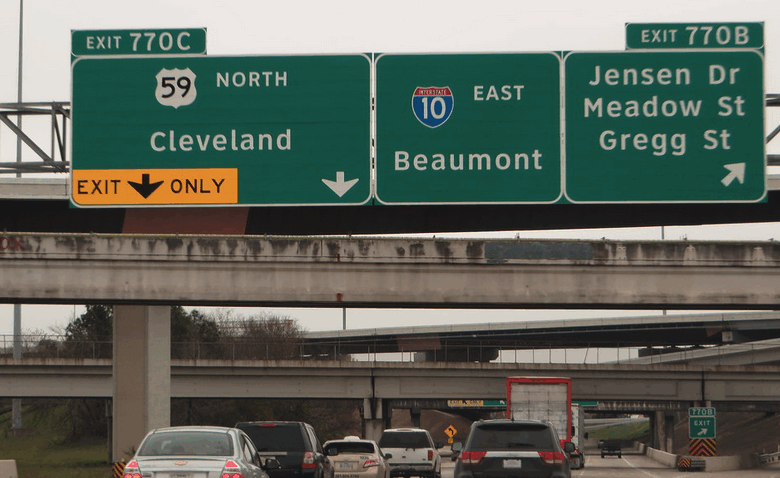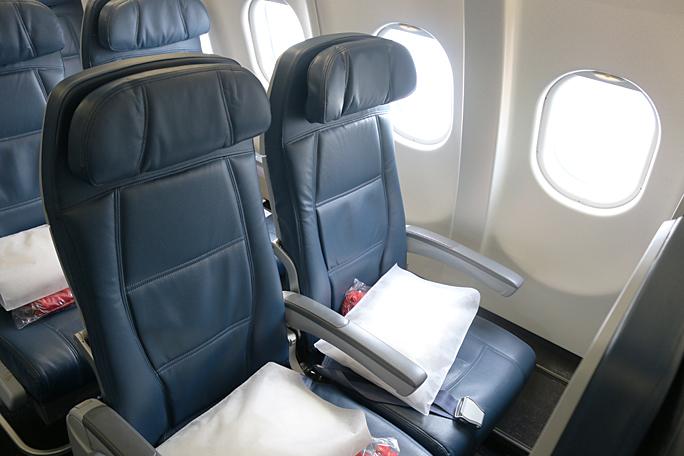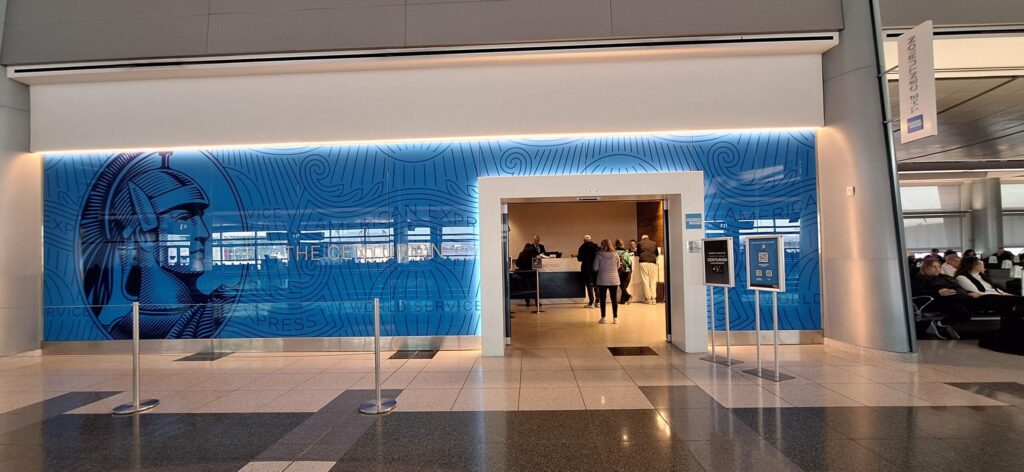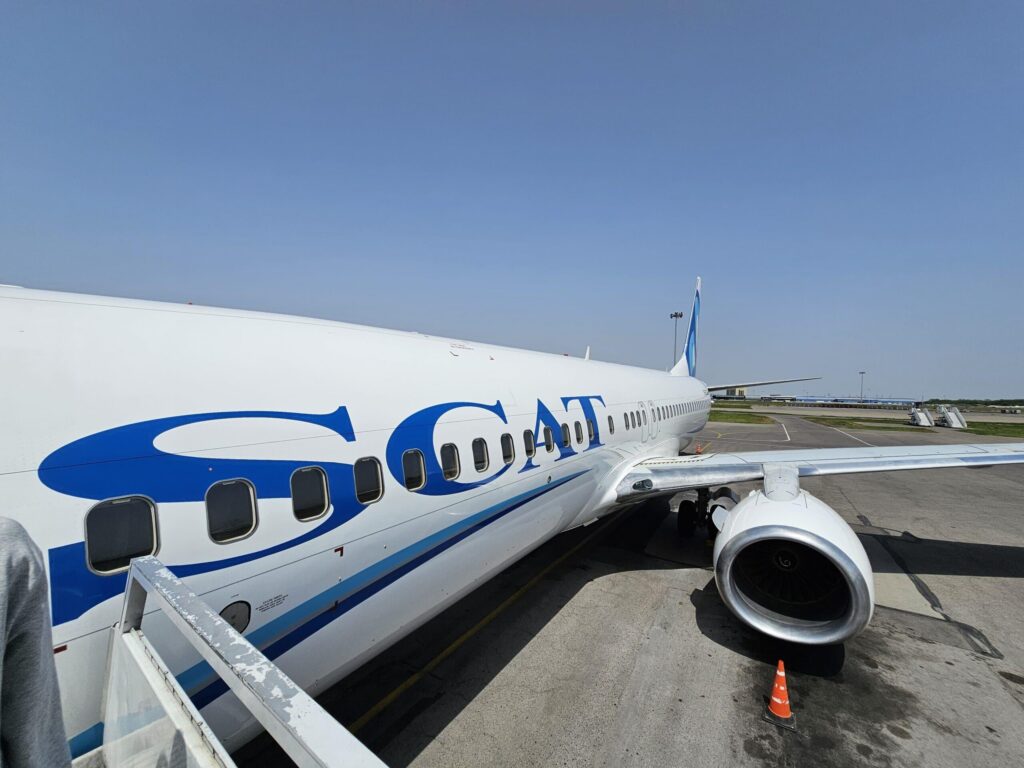Cheapest U.S. Airports for Frequent Flyers
I’ve spent countless hours poring over travel data, and one thing I’ve noticed is that chasing cheaper airfare goes well beyond picking a low-cost carrier. According to a recent Department of Transportation report, round-trip prices across U.S. airports can range from about $90 to well over $1,600. I’ve found that smaller airports, like Branson in Missouri, sometimes surprise with shockingly low fares—averaging around $90.76—while remote airports in Alaska and Guam often top the list of more expensive options. Whenever I’m planning a quick domestic trip or a bigger family getaway, I keep in mind that exploring lesser-known airports can unlock serious savings.
The DOT’s Top Bargains
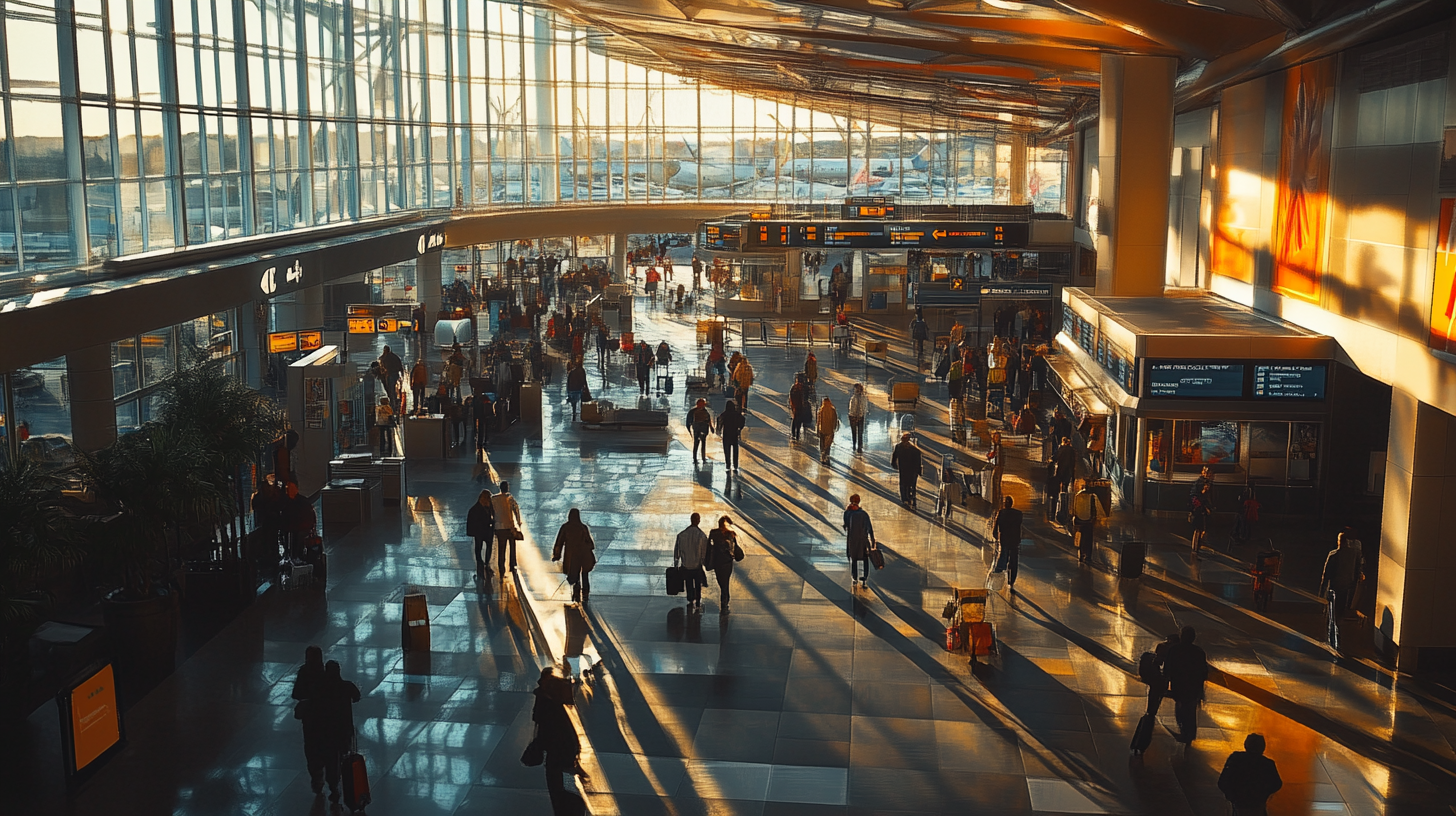
I’ve combed through the DOT data, and it shows that Sanford International—popular with carriers like Avelo Airlines—often has average fares around $117, significantly undercutting nearby Orlando International’s $270. I’ve personally witnessed how smaller airports like Sanford can attract carriers eager to lure travelers with lower base fares. Another plus is that these less-congested airports often offer speedier security lines, which can easily save you an hour or more during peak seasons.
Bureau of Transportation data from 2024 suggests that more airlines have started to expand into secondary airports, primarily because gate fees and operating costs are lower. This expansion not only spreads out air traffic but also encourages competitive pricing. I’ve observed that when more carriers enter a market, they often undercut each other, driving fares even lower.
In my own research, I’ve seen travelers take advantage of these bargains by strategically booking round trips through the lesser-known airports to sidestep the bigger crowds and higher prices at major hubs. I’ve also noticed that places like Tampa, Fort Lauderdale-Hollywood, Las Vegas, Denver, and Portland have consistently attractive average fares. If you’re a savvy flyer looking to trim travel expenses, I always suggest comparing these airports side by side with the bigger, more crowded ones to see if you can net a better price.
Hidden Costs and Surprising Fees

I’ve learned that the cheapest base fare can sometimes be only half the story. After one too many surprises with exorbitant parking fees or rideshares that cost more than the flight itself, I started factoring in these hidden charges early in my planning. One of the biggest contributors to trip cost creep, in my experience, is airport dining—particularly during delays or layovers, when it’s easy to rack up a hefty food bill.
According to a study from The Points Guy, Newark Liberty International is among the most expensive airports once you consider parking, dining, and rideshare costs. Meanwhile, destinations like Las Vegas’s Harry Reid International, which averages about $269.92 per ticket, might actually be the better overall bargain if you tally up all those additional fees. I’ve known travelers who saved $100 on a base fare at one airport, only to spend triple that on parking and other extras.
In my own travels, I mitigate these hidden costs by checking public transit connections ahead of time and packing snacks to avoid airport markups. I also keep an eye on baggage fees, which can balloon quickly if I’m not strategic about what I pack. Knowing how to navigate these pitfalls can mean the difference between a truly affordable trip and one that breaks the bank.
Florida’s Abundance of Low-Fare Options

I’ve studied airfare patterns in Florida extensively, and it’s clear that the state is a goldmine for cost-conscious flyers. Not only do you have the Orlando and Sanford duo, but Tampa and Miami regularly pop up as top contenders in affordability rankings. These airports see a constant churn of vacationers heading to theme parks, beaches, and cruise ports, which keeps the competition fierce among airlines.
NetCredit‘s 2024 U.S. Flight Cost Index echoes what I’ve noticed: Florida fares generally stay on the lower end of the national spectrum, even as travel demand in 2024 soared. Part of this might be due to the sheer volume of flights coming in and out for both tourism and business. Florida’s year-round travel appeal draws carriers looking to fill seats, and that can translate into lower average fares during off-peak times.
I recall one friend who saved over $200 by flying into Tampa instead of heading straight for Orlando International. It was only a short drive from Tampa to her final destination, and she joked that the extra 90 minutes on the road was well worth the money saved. If you’re open to a slight airport detour, those Florida bargains can make a big difference in your travel budget.
Tips to Score Better Deals
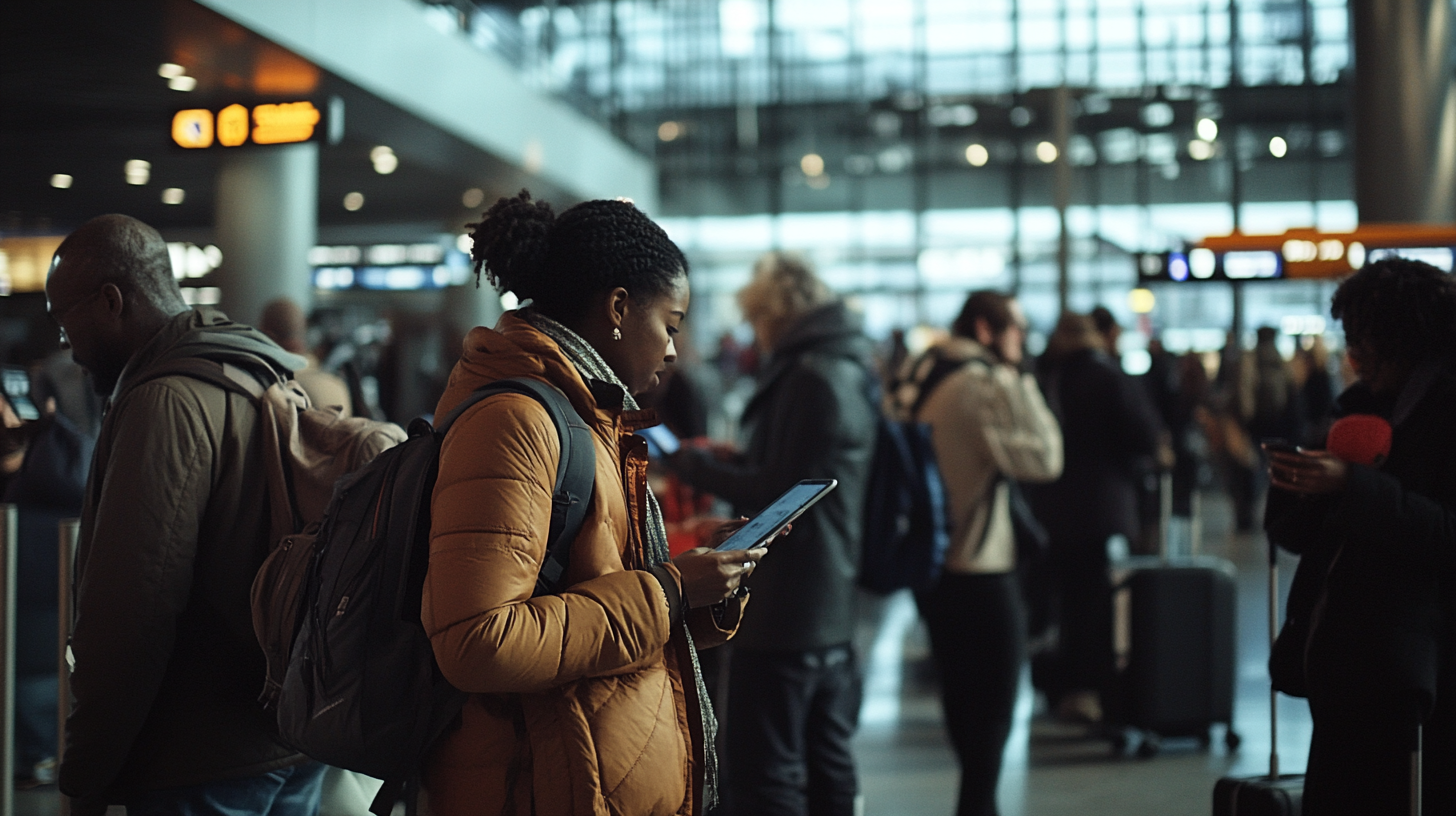
I’ve personally found that midweek booking can yield surprisingly low fares, especially for leisure travelers. The logic is simple: fewer people shop for flights on, say, a Tuesday or Wednesday, so airlines often roll out discounted seats to fill up planes. This strategy doesn’t always work perfectly, but it’s one of the first things I check when I’m scouring for deals.
Several apps and websites make bargain-hunting easier. Skyscanner‘s Savings Generator, for instance, showcases those elusive mistake fares that pop up every so often. Going.com (previously Scott’s Cheap Flights) sends out alerts on particularly good sales and short-lived deals from major hubs, like Dallas–Fort Worth, LAX, or O’Hare. I once snagged a round-trip ticket to Europe for under $400 because I jumped on a pricing glitch—timing really is everything!
Flexibility is also my secret weapon. I rarely lock myself into a single airport; if there’s an alternative within a reasonable driving distance, I’ll compare fare differences. I also look into traveling during shoulder seasons—those times between peak and low travel periods—because the combination of lower demand and decent weather can net fantastic rates. Every time I share these tips, I’m reminded that a bit of research and creativity can lead to big savings.
Outlook on Previous Years Airfare

As we move through 2025, the data from 2024 still resonates strongly. Despite inflation’s inevitable push, I’ve found that domestic fares—when adjusted for rising costs—took a modest dip of roughly 3.1% between 2022 and 2023. According to NetCredit, airfare prices eased up in 44 states, largely because airlines have been ramping up competition and adjusting to fluctuating demand.
From my vantage point, the biggest winners are travelers who snag seats early and watch fare patterns keenly. However, I’ve also noticed that certain states, like Wyoming, Alaska, and West Virginia, continue to command higher average prices due to limited carrier competition and less frequent flight schedules. If you’re traveling in or out of these areas, it pays to book strategically and compare every airport within driving distance.
Overall, I’m optimistic that the airfare landscape will remain relatively stable into 2025, though global economic factors and evolving airline strategies could nudge prices up or down. Keeping tabs on airline alliance expansions and newly added routes is crucial—sometimes a new direct flight can trigger a round of competitive pricing that benefits everyone.
Final Thoughts

Securing the cheapest possible airfare has never been a simple matter of doing one thing right. It’s a puzzle where each piece—airport choice, day of booking, ancillary fees—must fit together in just the right way. Over the years, I’ve learned the value of staying flexible, researching every angle, and jumping on deals the moment they appear.
Whether you’re comparing fares at neighboring airports or experimenting with midweek travel, the real advantage comes from understanding that airfare pricing is fluid. By keeping an eye on hidden costs, tapping into data-backed strategies, and staying open to new travel routes, you can often find fares that are far below the national average.
In the grand scheme of travel, saving a few hundred dollars on airfare can make a big difference in your overall trip budget. In my experience, that extra cash can upgrade your hotel room, fund a memorable activity, or simply reduce the financial stress of traveling. Even in 2025, as the industry continues to evolve, these core principles of frugal flying remain as relevant as ever.
Sky Skylar’s Take
I can’t help but marvel at how the convergence of technology and travel has opened up a world of cost-saving opportunities. From scanning crowdsourced airfare data to leveraging advanced search algorithms, there’s never been a better time to explore new places without draining your savings. I believe that as airlines continue to innovate, we’ll see even more creative ways to slash airfare costs.
Still, it all comes down to staying curious and adaptable. Even if you haven’t racked up millions of real airline miles, immersing yourself in the knowledge shared by frequent flyers can equip you with valuable insights. Every journey begins with a single airfare search—and the possibilities are endless once you know exactly where to look.
Check out more travel insights and deals at BoardingArea.





